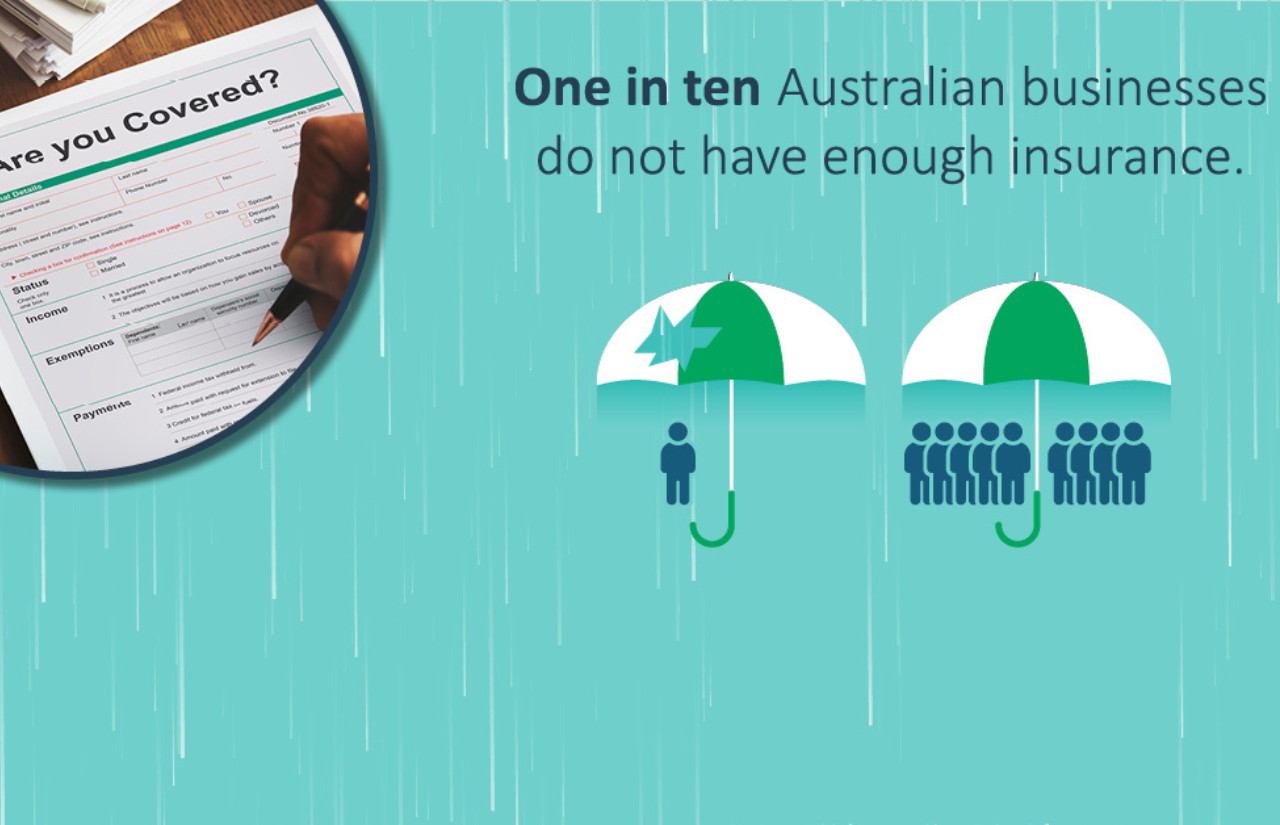Australia is renowned for its expansive and diverse landscapes, but unfortunately, it also grapples with extreme weather conditions, including bushfires that wreak havoc in the scorching and dry summer months. Even in this early spring of 2023, several regions of Australia have already confronted ‘catastrophic’ fire conditions, with more ominous forecasts looming.
Given the unpredictable nature of these fires, driven by warm winds emanating from central Australia, homeowners and property custodians across all states must prepare diligently for the looming possibility of a bushfire, regardless of whether they reside in recognised ‘bushfire zones’ or not. We outline practical measures to be ready for what looks to be another hot and dry summer season.
- Risk Assessment and Planning.
Start by understanding your property’s bushfire risk. Conduct a thorough assessment of your property, taking into consideration factors like proximity to bushland, vegetation density, and accessibility for firefighting services. If you live in a ‘bushfire zone’, be aware of the Fire Danger Ratings and Total Fire Bans issued by local authorities.
- Document and inventory your possessions.
Create a detailed inventory of your possessions, including photographs or videos and most importantly receipts (scanned and kept electronically). Store important documents like insurance policies, identification, and deeds in a fireproof safe or a secure off-site location. This documentation will be invaluable in the event of a claim.
- Invest in basic fire equipment.
All state based emergency services advise having an emergency survival kit packed before bushfire season begins. Essentials include:
- Portable battery-operated radio and waterproof torch with spare batteries
- Candles and waterproof matches
- First aid kit and manual
- Pocket knife and woollen blankets
- At least three litres of water per person
- A list of emergency contact numbers
- Waterproof bags ready for valuables, cash and ATM or credit cards, medications, and toiletries
- Mobile phone and charger
- A fire blanket
- Change of clothes for everyone.[1]
This is also the time to pack any sentimental items so that they can be easily found and taken with you if you have to leave quickly. Put the kit in an accessible location the whole family knows about.
If you are in a bushfire zone, equip your property with firefighting tools such as hoses, pumps, and water tanks. Ensure that you have an independent water source, like a dam or swimming pool, that can be used by firefighters in case of an emergency. Regularly maintain and test this equipment to ensure it is in working order.
- Insurance coverage
Securing the right insurance coverage is a critical aspect of bushfire preparedness, particularly for those who live in a bushfire zone. Talk to your insurance adviser for advice about specific policies that cover bushfire damage. Ensure that your policy provides adequate coverage for the replacement or repair of your property and its contents in the event of a bushfire. Consider additional coverage for expenses related to temporary accommodation and loss of income.
- Regularly review and update insurance policies
Periodically review your insurance policies to ensure they accurately reflect the current value of your property and possessions. Underinsurance is a serious business risk so it’s important to stay up to date with updates or adjustments that may need to be made to adequately cover changes in property value, renovations, or acquisitions.
- Establish open lines of communication with your insurance adviser.
Resilium insurance advisers will regularly stay in touch with their clients anyway, but it’s important to report any new changes to your business or modifications/upgrades to your property as this may affect your insurance coverage.
In Australia, bushfire preparedness is a shared responsibility between homeowners, communities, and insurers. By following these comprehensive steps, you can significantly enhance your preparedness for bushfires while ensuring you have the appropriate insurance coverage in place. Remember, proactive measures coupled with robust insurance coverage will help safeguard your property and provide peace of mind during bushfire season.
The above article was originally created and published by Resilium Insurance Broking and titled: Bushfire season – plan and be prepared.
Sources
Resilium Insurance Broking: Bushfire season – plan and be prepared.
Queensland firefighters warn public to be aware, prepare for catastrophic fire risk this week – ABC News
How to prepare for a bushfire in Australia | QBE AU
BOM declares El Nino, amid ‘catastrophic’ fire risk in NSW (thenewdaily.com.au)
[1] How to prepare for a bushfire in Australia | QBE AU





Recent Comments